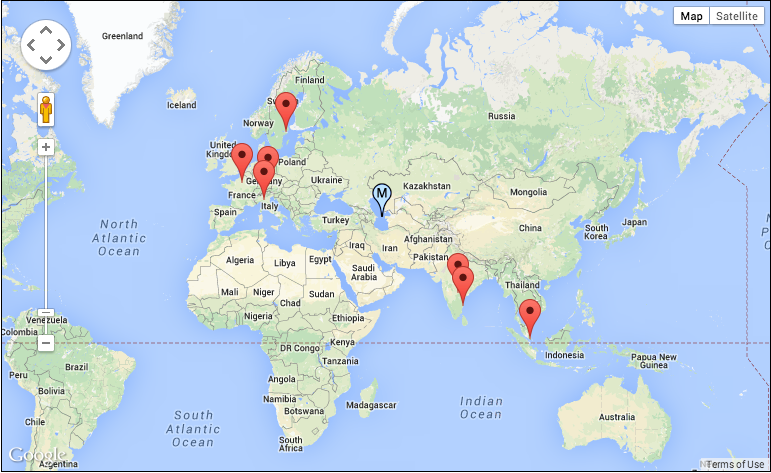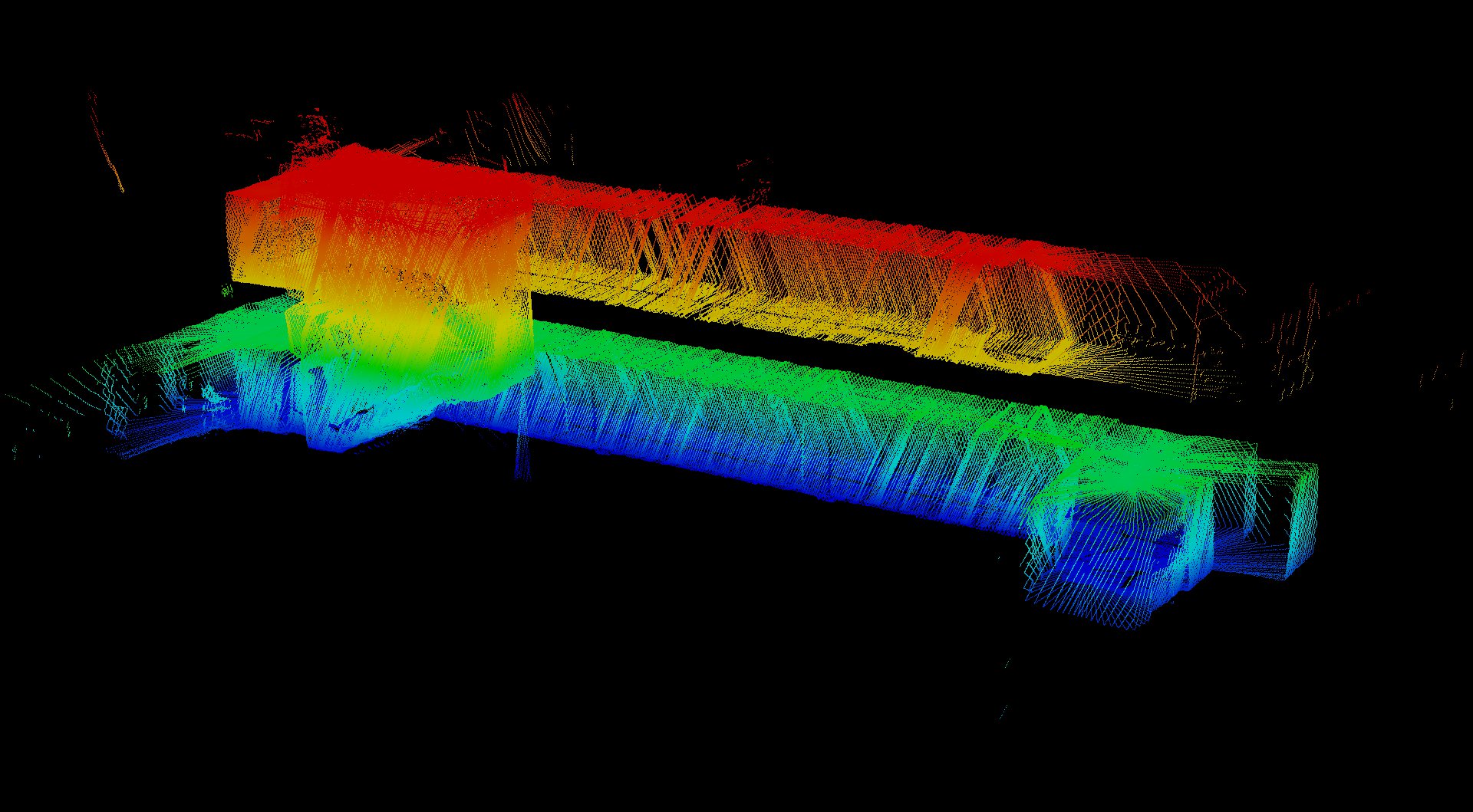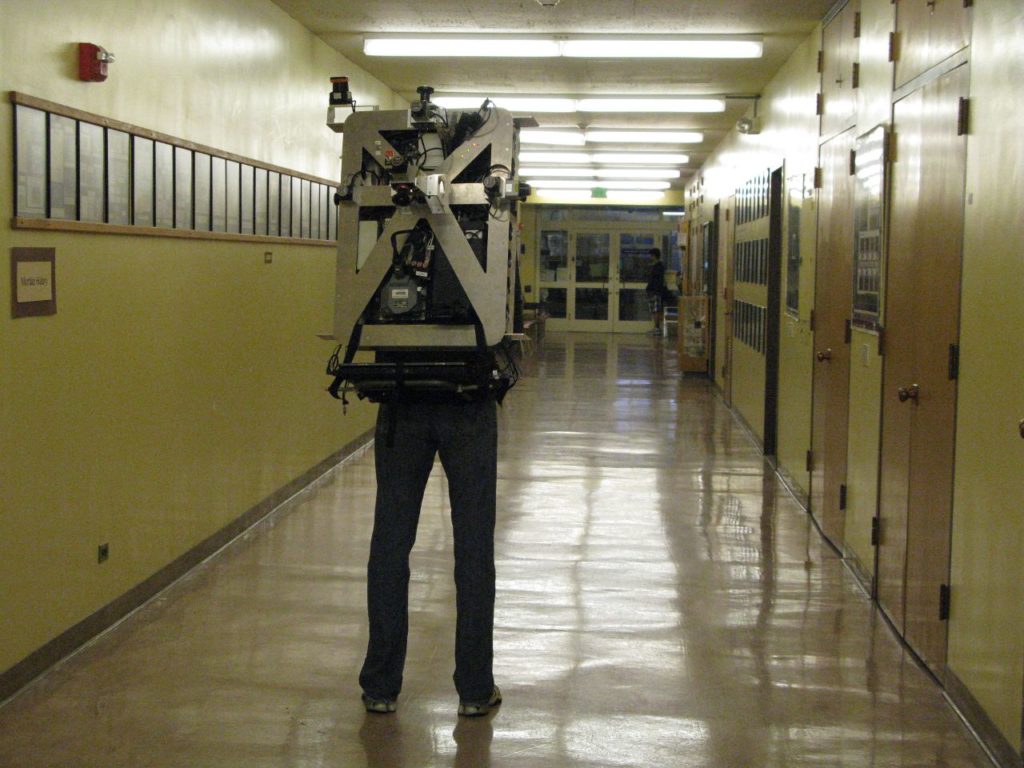
What’s your Geographical Centre of Gravity?
Geographical Centre of Gravity?! Isn’t that the same as the centre of gravity? Were the first questions that popped up when I came across this interesting application “The GeoMidpoint Calculator“. But then the GeoPoint Calculator is your personal centre of gravity calculator! It helps you calculate the geographical average location for all of the places you have ever lived, the midpoint in the town for you and your friend to meet, which place should be your base camp if you plan on travelling a lot, so on and so forth!
To calculate your Geographical Centre of Gravity, one has to basically enter the coordinates for places where you have lived and how long you have lived there and voila, your personal centre of gravity is displayed. Wondering how exactly do they calculate your personal centre of gravity – here’s the link . You could also use this application to decide the place where it is bang in the geographical centre for you and your friend to meet up.
I was curious to know what would be the geographical centre of my travel, entered some of the cities that I have visited and looks like that would be somewhere in the middle of the caspian sea! So much for wanting to visit THE centre. Can’t blame a fan of Jules Verne and the Journey to the centre of Earth wanting to travel to the centre can you 😉 But then they helped me decide where to travel next: courtesy an option that generates a random point on the map.
There a lot of cool geography related application that have been floating around the internet and social media and GeoGuessr was definitely one of the most popular games/activities. I’m certain that there will be more such application and activities in the coming times. What is your favourite activity/application that involves geography? 🙂









